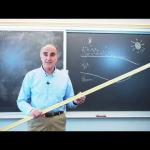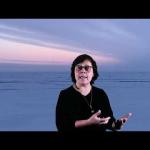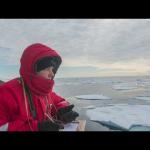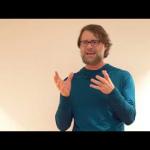Earth Science Stories
This video is part of a collection - “Frozen in the Ice: Exploring the Arctic." Check out the MOSAiC page for more details.
In this specific lesson, Dr. Donald Perovich discusses sea ice mass balance. You'll learn about the data collection tools used by MOSAiC scientists including stakes, temperature strings, and autonomous buoys that measure Arctic ice melt and growth through the seasons.
Science Content Video
This video is part of a collection - “Frozen in the Ice: Exploring the Arctic." Check out the MOSAiC page for more details.
In this specific lesson, Dr. Amy Solomon will teach you about her role in MOSAiC in coordinating international forecasting efforts. Data collected in the Arctic during the expedition form the basis of more accurate regional and global models in the future.
Science Content Video
This video is part of a collection - “Frozen in the Ice: Exploring the Arctic." Check out the MOSAiC page for more details.
In this specific lesson, Dr. Wieslaw Maslowski explains the process of formulating regional models of the Arctic. You'll learn about the relative benefits of such models compared to those at the global scale.
Science Content Video
This video is part of a collection - “Frozen in the Ice: Exploring the Arctic." Check out the MOSAiC page for more details.
In this specific lesson, Dr. Amy Solomon defines process modeling as an iterative process between observations and theory. You'll learn with specific examples how scientists in both the SHEBA and MOSAiC expeditions move through this process in their work.
Science Content Video
This video is part of a collection - “Frozen in the Ice: Exploring the Arctic." Check out the MOSAiC page for more details.
In this specific lesson, Dr. Matthew Shupe breaks down the work of MOSAiC's atmosphere team. Following team goals and using such tools as lasers, radar technology, and weather balloons, scientists can better understand the Arctic system (air, ice, and sea) as a whole.
Science Content Video





